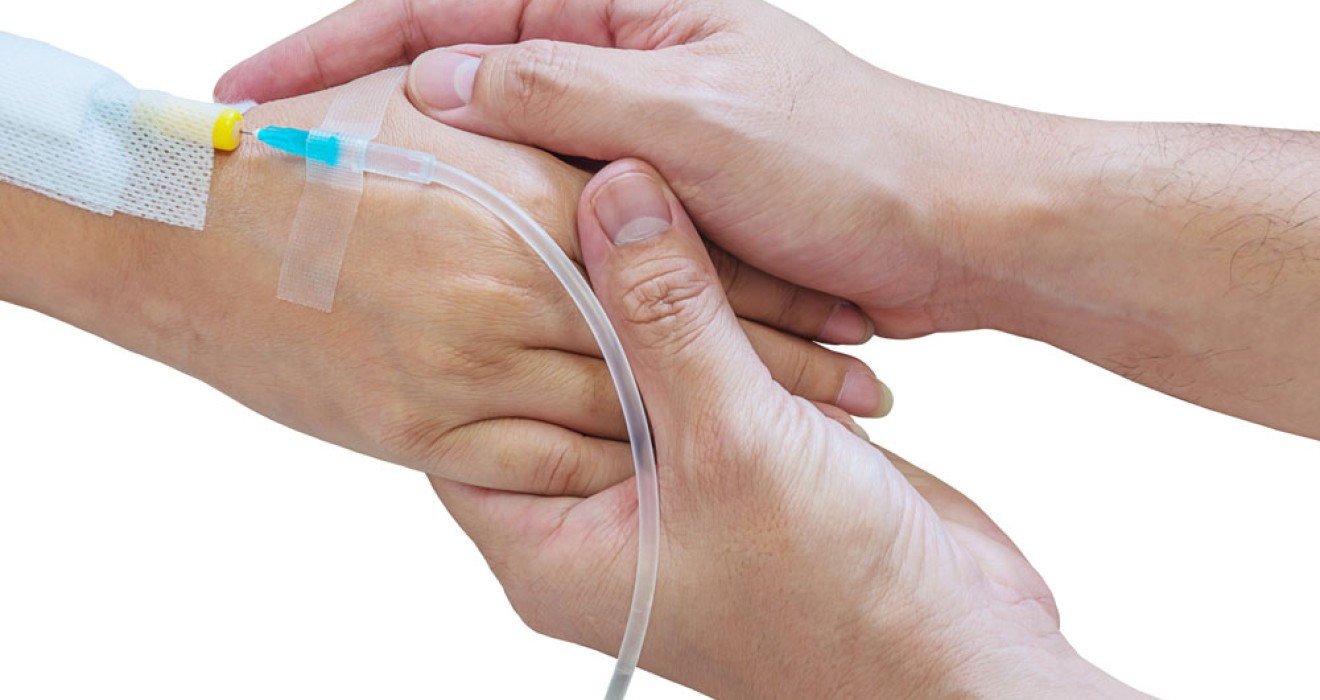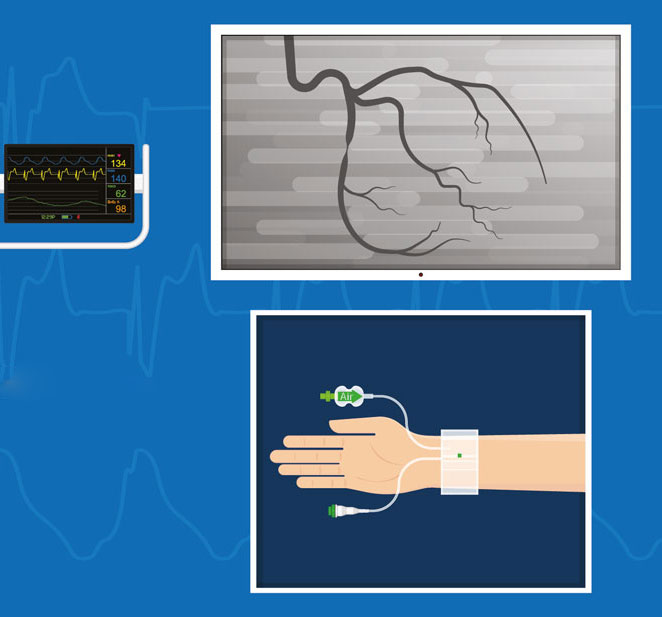
5 Benefits of Radial Angiography
Traditional coronary angiography is a procedure typically performed through the groin area and is used to examine the heart's blood vessels. However, in recent years, radial angiography has become a popular alternative for performing this procedure more efficiently and effectively. Radial angiography offers many advantages, providing patients with less discomfort and faster recovery.
What is Radial Angiography?
Radial angiography is a commonly used type of procedure for performing invasive cardiovascular procedures, such as coronary angiography or peripheral angiography. In this procedure, a catheter is usually inserted into an artery in your wrist to access your blood vessels. Contrast dye is then injected, and X-ray images are taken to assess the condition of your blood vessels.
Radial Angiography: How is it Done?
Radial angiography is a specialized type of angiography used for the diagnosis and treatment of heart and vascular diseases. During this procedure, a catheter is inserted into an artery in your wrist to access your blood vessels. The procedure steps are as follows:
- Patient Preparation: The patient undergoing the procedure needs to be fasting. Usually, at least 4 hours should have passed since the last meal. Local anesthesia is applied for the patient's comfort during angiography.
- Access to the Radial Artery: The radial artery in the wrist is numbed with local anesthesia, and a thin catheter is inserted into the artery.
- Contrast Agent Injection: The contrast dye is injected into the blood vessels through the catheter, and it is used to take X-ray images. The contrast dye provides detailed images showing any narrowings, blockages, or other abnormalities in the arteries.
- X-ray Imaging: After injecting the contrast dye, a cardiology specialist uses an X-ray machine to capture images of the blood vessels and the heart. These images are used to assess the heart and vascular system and detect any abnormalities.
- Catheter Removal: Once the procedure is completed, the catheter is carefully removed, and a pressure band or dressing is applied in its place. This pressure band should be held tightly for several hours to stop bleeding and aid in the healing of the blood vessel.
Radial Angiography Benefits
Radial angiography offers several important benefits:
Less Risk of Bleeding
Compared to traditional angiography performed through the groin, radial angiography carries a lower risk of bleeding. This is because the arteries in the groin area are larger and have more blood flow. Therefore, potential bleeding in this area can be more dangerous. The wrist artery is smaller and can be more easily controlled, reducing the risk of bleeding. This minimizes the risk of bleeding, providing a safer option for patients.
Lower Risk of Infection
During wrist angiography, the risk of infection is lower compared to procedures performed in the groin area. The groin area is more vulnerable to infections, increasing the risk of infection. Wrist angiography minimizes the risk of infection, assisting patients in faster recovery.
Faster Recovery Process
Radial angiography is generally considered a less invasive procedure. Therefore, patients may experience a faster recovery. While extended bed rest may be required after traditional angiography, patients who undergo wrist angiography can often get up more quickly.
Less Pain and Discomfort
Radial angiography is associated with less pain and discomfort compared to traditional groin angiography. Minimal tissue trauma occurs during this procedure, resulting in less pain for the patient. This situation can enhance patient satisfaction and facilitate a more comfortable recovery process.
Shorter Hospital Stay
This procedure can shorten the length of a hospital stay. With a faster recovery process and a lower risk of complications, patients undergoing radial angiography typically spend less time in the hospital. This allows them to return to their daily lives more quickly.
Radial angiography is a less invasive and less risky option compared to traditional groin angiography. However, each patient is unique, so doctors decide which approach is most suitable during the procedure. After the procedure, your doctor will provide you with specific instructions and inform you about any potential risks or complications.


